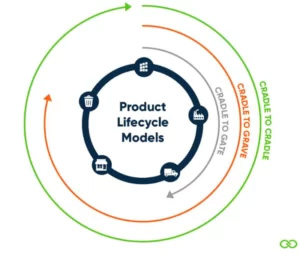The new Carbon Reduction Commitment (CRC) Energy Efficiency Scheme began in earnest on the 1st April! The scheme aims to achieve an annual energy reduction of 3.2m tonnes by 2020 and stimulate businesses to make their buildings more energy efficient. It affects around 20,000 organisations.
Any organisation with a half hourly settled electricity meter needs to do something. It was the requirement for qualifying organisations to start monitoring energy usage from all qualifying sources that started on 1st April 2010. And whilst it may be straight forward to gather retrospective data from half hourly sources, this may not always be the case for class 5-8 meters, for example, which are also considered as core sources under the CRC Energy Efficiency Scheme.
Those qualifying for the CRC will also need to register while those under the threshold still need to make an information disclosure. Both actions must be done before 30 September 2010. However, as the process could take up to 4 weeks to complete it should not be left until the 29th September!
A raft of recent surveys indicates just how confused and unprepared organisations are for its implementation
A survey by energy consultancy McKinnon and Clarke found that 54 per cent of participants were uncertain whether they come under the scheme, which encompasses all bodies and businesses with half-hourly meters (HHMs) that consumed more than 6,000 MWh of electricity during 2008. Around 5,000 of the UK’s heaviest energy users will need to participate fully, while another 15,000 odd organisations that consumed less will need to make an information disclosure.
In addition, the survey also found that three in five companies had not factored in the financial implications of having to participate fully in the scheme. At the lowest qualifying level, a typical organisation will pay £45,000 a year to advance purchase allowances at a rate of £12 per tonne of carbon dioxide. In addition, they will be placed in a league table, showing their carbon emissions relative to their peers. Companies at the bottom of the table will be penalised, with the money recycled into rewards for the most energy-efficient.
In another survey by the power supplier Npower, nearly half of companies surveyed said official advice about the new legislation had been “inadequate”. About 49 per cent said they did not understand how to buy the necessary carbon allowances and 44 per cent said they do not know how to forecast their carbon emissions.
A key tool for success within the scheme is to produce a good forecast and strategy, and for that you need good knowledge or ISO 14064. Those with a planned year-on-year approach will perform the best – by starting to make carbon reductions from low-hanging fruit first.





